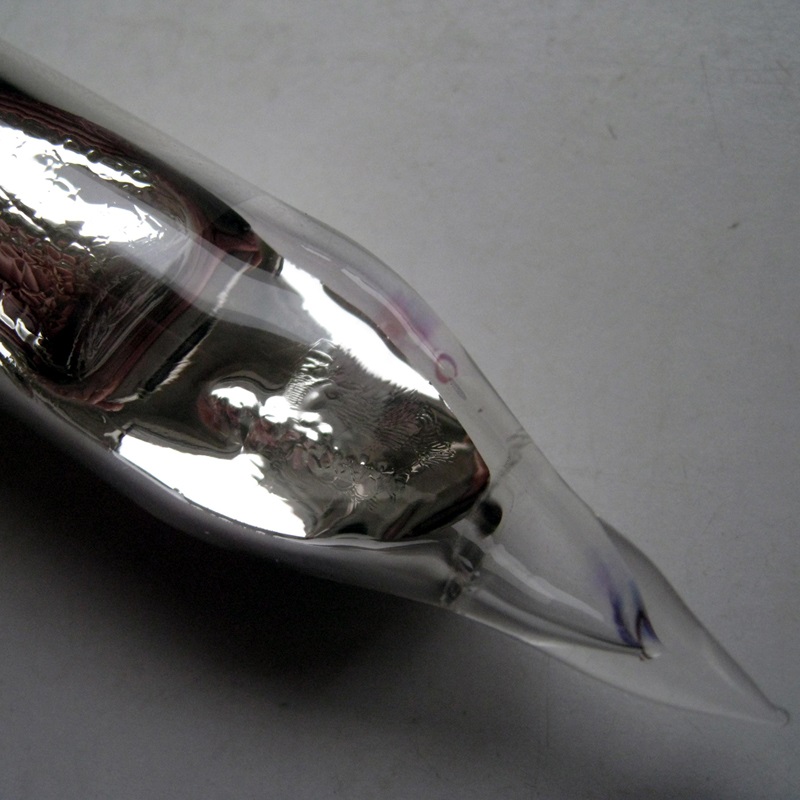Rubidium
37
Rb
Grupp
1
Period
5
Block
s
Protoner
Elektroner
Neutroner
37
37
48
Generella Egenskaper
Atomnummer
37
Atommassa
85,4678
Masstal
85
Kategori
Alkalimetaller
Färg
Silver
Radioaktiv
Nej
From the Latin word rubidus, deepest red
Kristallstruktur
Rymdcentrerat kubisk
Historia
German chemists Robert Bunsen and Gustav Kirchhoff discovered rubidium in 1861 by the newly developed method of flame spectroscopy.
The separation of the metal was tried by Bunsen, but he never got samples with more than 18% of Rubidium.
The separation of the metal was only accomplished by George de Hevesy, through the hydrolysis of melted rubidium hydroxide.
The separation of the metal was tried by Bunsen, but he never got samples with more than 18% of Rubidium.
The separation of the metal was only accomplished by George de Hevesy, through the hydrolysis of melted rubidium hydroxide.
Elektroner per skal
2, 8, 18, 8, 1
Elektronkonfiguration
[Kr] 5s1
Rubidium burns with a reddish-violet flame color
Fysikaliska Egenskaper
Aggregationstillstånd
Fast
Densitet
1,532 g/cm3
Smältpunkt
312,46 K | 39,31 °C | 102,76 °F
Kokpunkt
961,15 K | 688 °C | 1270,4 °F
Smältvärme
2,19 kJ/mol
Ångbildningsvärme
72 kJ/mol
Specifik värmekapacitet
0,363 J/g·K
Förekomst i jordskorpan
0,006%
Förekomst i universum
1×10-6%

CAS-nummer
7440-17-7
PubChem CID-nummer
5357696
Atomära Egenskaper
Atomradie
248 pm
Kovalent radie
220 pm
Elektronegativitet
0,82 (Paulingskalan)
Jonisationspotential
4,1771 eV
Molvolym
55,9 cm3/mol
Värmeledningsförmåga
0,582 W/cm·K
Oxidationstillstånd
-1, 1
Användningsområden
Rubidium is used as a getter in vacuum tubes and as a photocell component.
Rubidium compounds are sometimes used in fireworks to give them a purple color.
Rubidium salts are used in glasses and ceramics.
Rubidium-87 is slightly radioactive and has been used extensively in dating rocks.
Rubidium compounds are sometimes used in fireworks to give them a purple color.
Rubidium salts are used in glasses and ceramics.
Rubidium-87 is slightly radioactive and has been used extensively in dating rocks.
Rubidium is not known to be toxic
Isotoper
Stabila isotoper
85RbInstabila isotoper
71Rb, 72Rb, 73Rb, 74Rb, 75Rb, 76Rb, 77Rb, 78Rb, 79Rb, 80Rb, 81Rb, 82Rb, 83Rb, 84Rb, 86Rb, 87Rb, 88Rb, 89Rb, 90Rb, 91Rb, 92Rb, 93Rb, 94Rb, 95Rb, 96Rb, 97Rb, 98Rb, 99Rb, 100Rb, 101Rb, 102Rb